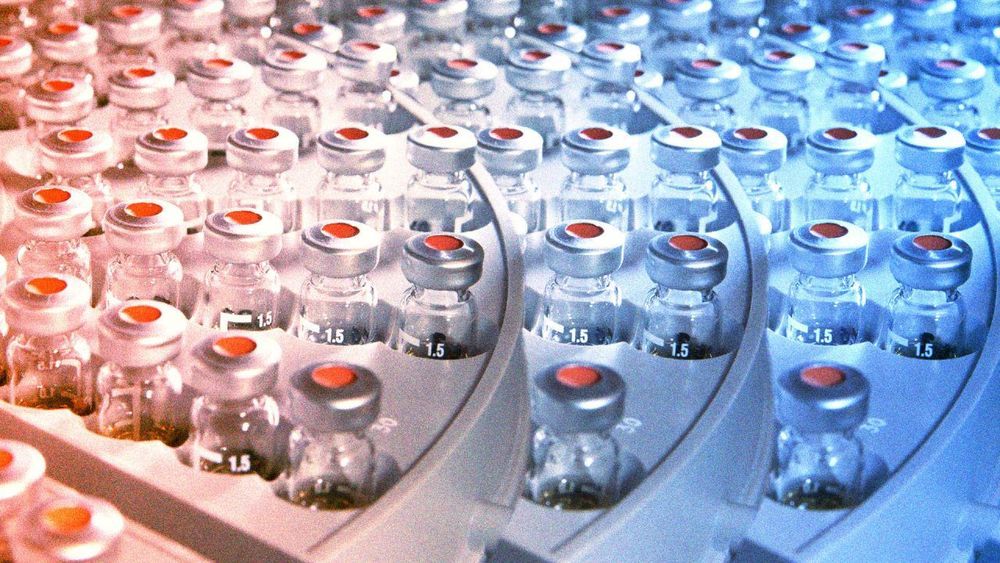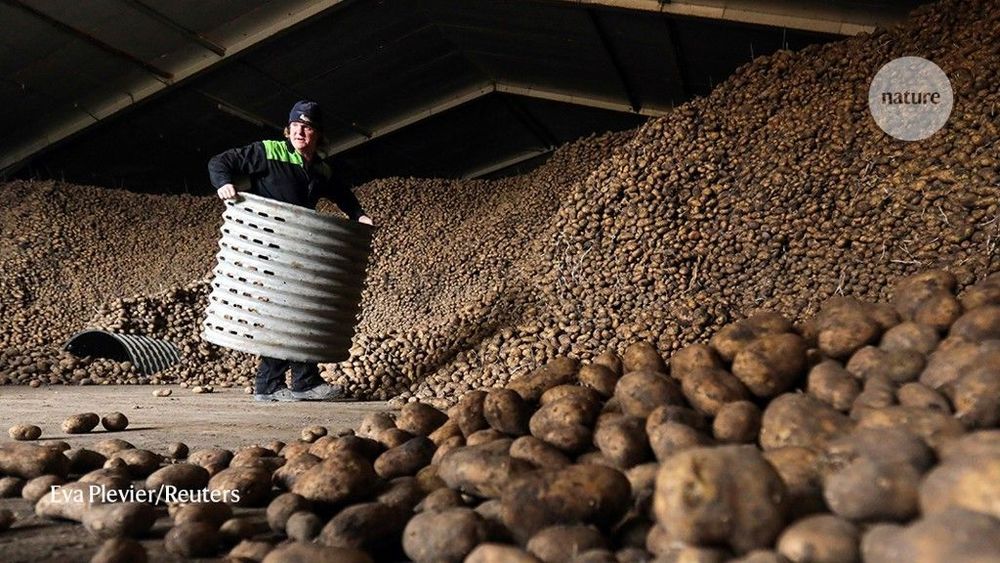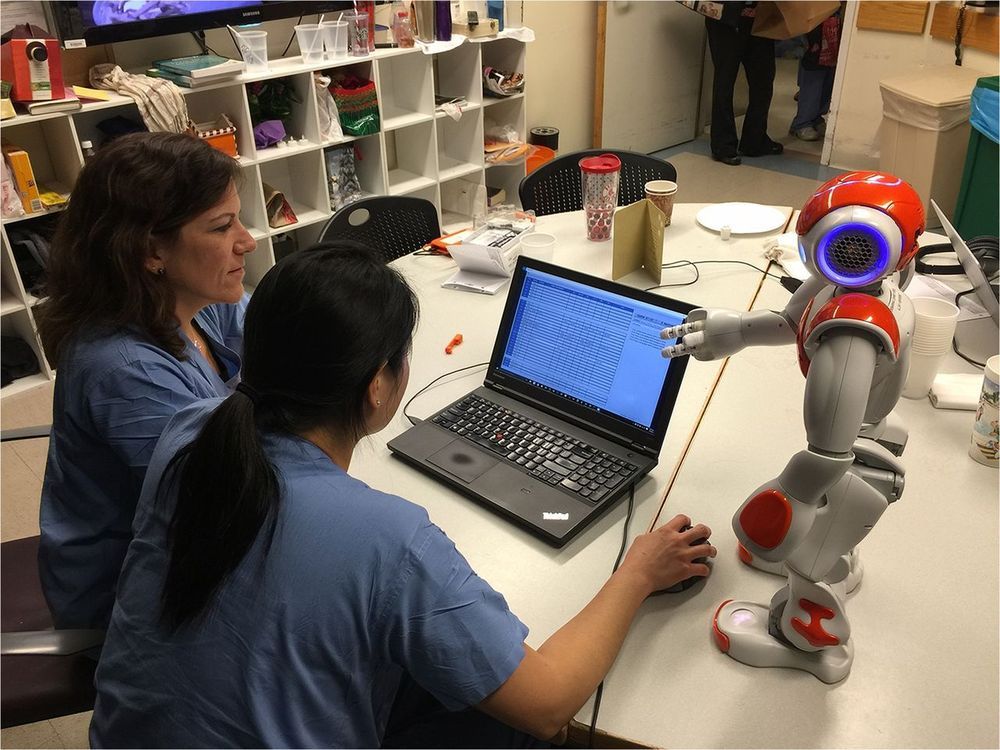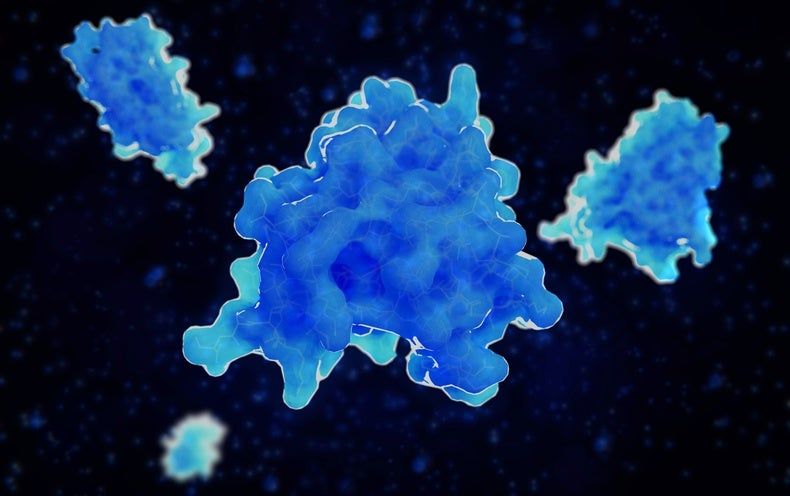In what may be the starting pistol in a race to AR for your eyes, startup Mojo Vision unveiled their augmented reality contact lenses for the first time.



Would you buy a Maple 30x electric SUV for less than a quarter of the price of the Tesla Model 3? If your answer is yes, then great, because the selling price of Maple 30x is, in fact, $9,800, after government subsidies.
Maple automotive is the result of a collaboration between Geely Holding Corp. and Kandi Technologies.
Geely Corp who has 78% of the total share in Maple, also owns Volvo, and London Black Taxi, along with massive shares in Daimler, the parent company of Mercedes.




Water spliting got cheaper.
Alkaline anion exchange membrane (AEM) electrolysers to produce hydrogen from water are still at an early stage of development, and their performance is far lower than that of systems based on proton exchange membranes. Here, we report an ammonium-enriched anion exchange ionomer that improves the performance of an AEM electrolyser to levels approaching that of state-of-the-art proton exchange membrane electrolysers. Using rotating-disk electrode experiments, we show that a high pH (13) in the electrode binder is the critical factor for improving the activity of the hydrogen- and oxygen-evolution reactions in AEM electrolysers. Based on this observation, we prepared and tested several quaternized polystyrene electrode binders in an AEM electrolyser. Using the binder with the highest ionic concentration and a NiFe oxygen evolution catalyst, we demonstrated performance of 2.7 A cm−2 at 1.8 V without a corrosive circulating alkaline solution. The limited durability of the AEM electrolyser remains a challenge to be addressed in the future.
Wi-Fi to gets its biggest upgrade in 20 years: US authorities agree to open up a huge chunk of radio spectrum in the 6GHz frequency band to internet routers — and it could massively improve your connection speed…
The US Federal Communications Commission is opening up radio spectrum in the 6GHz frequency band, ushering a new era of fast, low-latency internet connections.
The decision, voted on unanimously by the FCC, will add 1,200 Megahertz of Wi-Fi for unlicensed use and increase the amount of Wi-Fi spectrum by nearly fivefold.
The release of the spectrum offers new radio waves for routers, and is likely to result in better Wi-Fi service speeds, hyper-low latency and higher network capacity.

In every hospital labor and delivery department, a resource nurse decides which patients go to which room, which nurses care for which patients, and much more. “It’s a lot to keep in your head,” says Kristen Jerrier, a resource nurse in the labor and delivery department at Beth Israel Deaconess Medical Center in Boston.

The era of telecommunications systems designed solely by humans is coming to an end. From here on, artificial intelligence will play a pivotal role in the design and operation of these systems. The reason is simple: rapidly escalating complexity.
Each new generation of communications system strives to improve coverage areas, bit rates, number of users, and power consumption. But at the same time, the engineering challenges grow more difficult. To keep innovating, engineers have to navigate an increasingly tangled web of technological trade-offs made during previous generations.
In telecommunications, a major source of complexity comes from what we’ll call impairments. Impairments include anything that deteriorates or otherwise interferes with a communications system’s ability to deliver information from point A to point B. Radio hardware itself, for example, impairs signals when it sends or receives them by adding noise. The paths, or channels, that signals travel over to reach their destinations also impair signals. This is true for a wired channel, where a nearby electrical line can cause nasty interference. It’s equally true for wireless channels, where, for example, signals bouncing off and around buildings in an urban area create a noisy, distortive environment.
